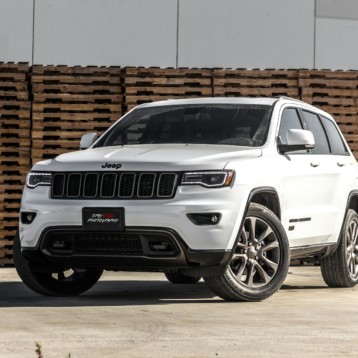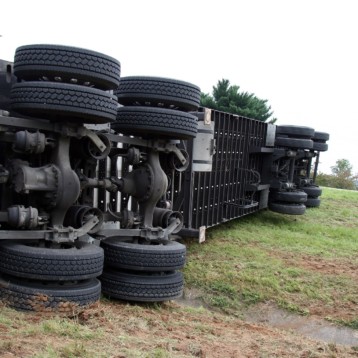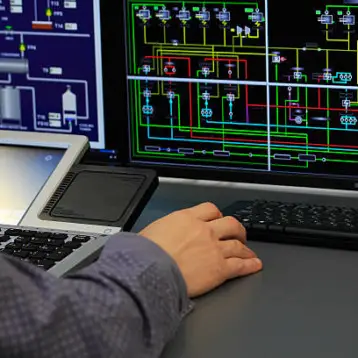The concept of a flying platform is not new, but although previous devices of this kind were tested they never reached the production and marketing stages. For example, in 1954, the VZ-1 Flying Platform was developed by Charles H. Zimmerman, an engineer at the National Advisory Committee for Aeronautics (N.A.C.A.). The prototype vehicle is currently on exhibit at the Hiller Aviation Museum. In 1956, the De Lackner DH-4 “Aerocycle” flying platform was evaluated by the U.S. Army but was eventually deemed impractical.
The PAM Group started working on the ILV Project already in October 1989. The company’s intention was to create a stable, easy to use aerial vehicle. The first prototype, which had a single engine, was flown in 1992 and was also exhibited at the 1994 Sun ‘n Fun Air Show. The improved PAM 100B concept demonstrator was first publicly flown at the 1999 VA/EAA Air Show in Petersburg and was also flown at the 2000 Sun ‘n Fun Air Show in Lakeland, Florida.
The ILV uses a counter-rotating rotor lifting system and is powered by two 105 horsepower, Hirth F-30, 2 cycle, 4 cylinder engines with dual ignition and forced air cooling.Engine power comes through two 2.64:1 engine gearboxes, with centrifugal and overrunning clutches and a central counter-rotating gearbox. The vehicle is designed so that each one of the engines can sustain flight even if the other engine malfunctions.
The pilot is located directly above the rotors, so that one simply has to stand on top of the rotors and then learn to control the vehicle’s movements with one’s body. Thanks to positive speed stability, the ILV does not tip over. The aerodynamics associated with the rotating blades result in a ‘nose up’ movement as the vehicle gains speed.
Flying the ILV will probably require an upcoming Federal Aviation Administration (FAA) Subpart J (14 CFR-Part 61) Sport Pilot Certificate. The kit currently under development in the United States is called PAM 200 and is expected to cost about 50,000 US Dollars.
Bob Pegg, one of the project’s developers, said, “I have been an aerospace engineer at NASA Langley Research Center since 1958. I have been involved in research on everything from helicopters to hypersonic aircraft during this time. The idea of truly personal flight has been a dream of mine for more years than I care to remember.”
TFOT recently covered the M400 Skycar – a concept vehicle that can execute vertical take-off and landing (VTOL) like a helicopter, fly like an airplane and drive short distances on the ground like a car. Another innovative vehicle recently covered by TFOT is the Gyrocopter – a new flying motorcycle, currently under development by the Dutch PAL-V company.
More information on the ILV project can be found on the PAM Group’s website.










